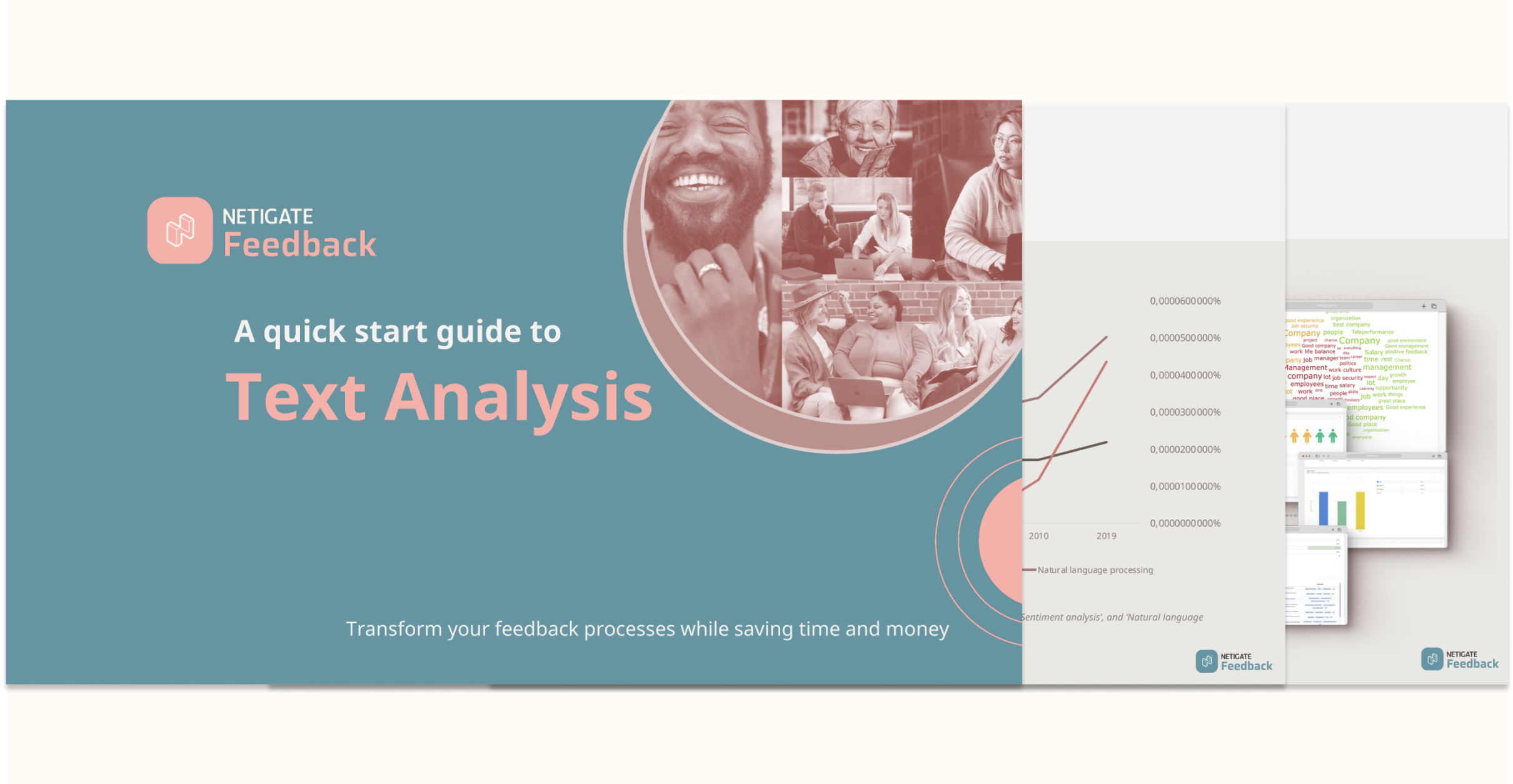Sending out a customer or employee survey is just the beginning. It’s only when you start to analyse and breakdown the insights that you receive when the magic happens. In this article, we present 5 quick tips on how to analyze survey data.

1. Remind yourself of why you did the survey
If you did your preparatory survey planning, the first thing you should do is refer back to your notes. Reminding yourself of the purpose behind your survey will help you to make sure that you’re getting the most out of your analysis.
- What were your main goals?
- What insights did you hope to receive?
- How do you plan to work with the insights you receive?
Keeping these questions in mind will help you to remain focused when analyzing your survey data. It will allow you to more easily navigate through the feedback to find the data that is most valuable for you. Of course, you may also find results that are entirely unexpected, but it’s wise to keep your initial intentions in mind when you first begin your analysis.
2. Consider how the survey performed
While survey performance isn’t directly linked to how to analyze survey data it can a) offer some additional insights when considering your results and b) be a useful guide for your next feedback project.
- First consider your response rate. Was it as expected, maybe better, or worse? Can you find any reasons why?
- Was there a high drop-off rate for any questions? This is great to know when you’re creating your next survey. It helps you to try and correct the issue so more people complete the survey.
- Did you distribute the survey in different ways? If so, how did the different channels perform?
When it comes to how to analyze your survey data, the performance can also be important when considering the validity of the feedback you receive. For example, if very few people responded, do you have enough data on which to make a solid conclusion?
3. Get an overview of the result
Start with an overview of all the data you received. What was the percentage distribution among parameters such as gender, age, geographic location, departments or industry? Then you can continue to analyze questions that will give you the real value of the survey while keeping this background data in mind.
1. How content are your employees overall with their workplace?
2. How many of your customers have bought your new product?
3. How many in your target group have actually seen your latest ad campaign?
4. Take notes on the most interesting results – they are a good starting place when it’s time to break down the results.
4. Break down your results and find the hidden treasures
Looking at the overview of your findings will give you a fair insight into the ‘big picture’ of your results. The real treasures, however, are likely to appear when you begin breaking your results down and looking more closely at the data you have received.
An example: You are analyzing the results of a product survey. In the overview you notice that your customers have an average knowledge of your latest product, but you want to find out if this is applicable to all of them. So you start to break down the question, “Are you aware of our new product X”, with the question where the respondent filled in their region of residence. Now you find that awareness of the new product is much higher in metropolitan areas and below average in the rest of the country. You continue by adding age to the breakdown and now you see that awareness of your new product is significantly higher among people under 30 years.
So, what do you know now? The launch of your new product was successful in most parts of the country, but the fact is you seem to have missed people over 30 years old who don’t live in cities. How do you reach them then? Well, that’s up to you, but now when you know who to target, you will save a lot of time and money for the marketing department!
5. Examine open-text responses carefully to get in-depth insights
This is often the most important part of how to analyze survey data because it gives you a great opportunity to find out why people answered as they did. If you included, as we recommend, the option for respondents to to add elaborative comments to some questions you will find that a surprisingly high number of people like to add a small comment to their answer. Reading these will help you get a picture of why some of the results are high or low. They will probably also give you a bunch of new ideas about how to improve your products or services.
By making a word cloud of all of the written answers to a question, you can get a quick overview of the most prominent words written by your respondents to that question. It helps you to quickly see if there are a lot of alarming comments, such as if you get “lousy” and “support” you probably should start reading the comments pretty soon. (Bonus tip: word clouds also look great in your presentation of the results – and help the viewers to quickly get a picture of the answers!)
Start sharing your results
This is not part of the five-step guide to survey analysis, but maybe even more important: make sure you share your results with every person it concerns. Do it via email, Excel reports, PowerPoint slides, logins directly to survey results or via real-time dashboards. You have done a great job and most likely found feedback and ideas on how the company can improve. Make sure you spread them!




